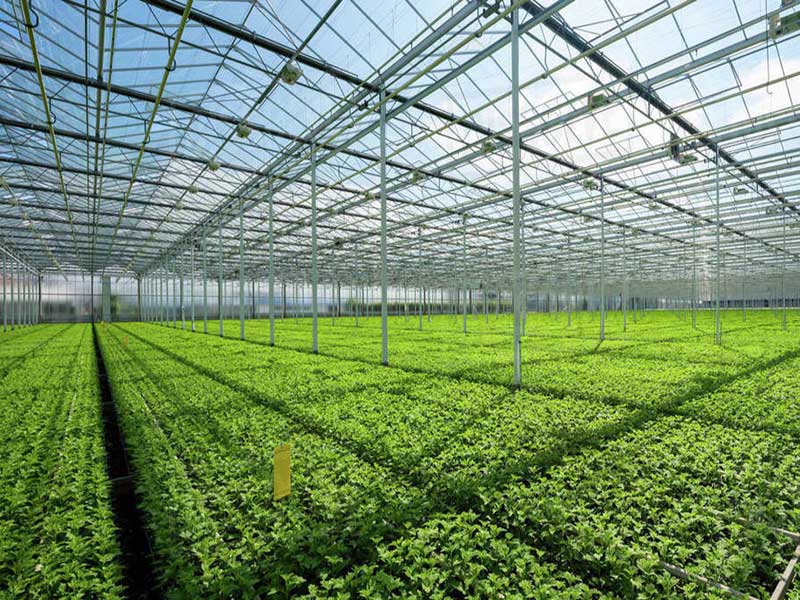Objectives, advantages and disadvantages of greenhouse cultivation
Each greenhouse is built with a specific purpose and in order to make the best use of it, and cultivation in it has many advantages and disadvantages that we will encounter at the beginning of the work if we do not study it properly.
Greenhouse Ship Goals
1) Production of the product in a place where the product is not produced
2) Birth when it is impossible to ship a product in the open air.
Advantages of greenhouse ship
1- Increasing production per unit area (in other words, 10 times free air) meaning that, for example, in the case of the production of 20 kg/m2 in greenhouse instead of producing 2 kg in the same square meter in open air
2- Production of more than one product per year (which is possible in the case of production fantasy three times a year and also in the case of tomatoes produced twice a year)
3- Increasing the quality of the product (which with precise and better control of pests and diseases by biological control methods and reduction of pesticides consumption which increases the quality of the product and increases exports and protects the environment)
4- Saving water (by pressurized irrigation method)
5- Use of uncultionable lands with hydroponic system (such as vegetable farming greenhouses in Kish)
6- Lack of dependence of production on environmental conditions and the possibility of proper marketing and regulation of the ship in accordance with the market needs (e.g. in the case of the fantasy, plan so that the harvest time is late March)
7- Continuation of work and production of crops in all seasons of the year according to the possibility of controlling environmental factors and adjusting the required conditions of plants.
8- Creating suitable job opportunities for young people and agricultural graduates and using farmers' leisure time in autumn and winter
The disadvantages of greenhouse ships.
1- The initial cost is high and the huge part of this cost is spent on the construction of the greenhouse, which, of course, if the product is profitable, the cost will be returned in the maximum of three years.
2- The need for permanent care (unlike open air planting, which can achieve significant benefits with less care) in greenhouse planting can cause irreparable damage even moments of neglect (e.g. a severe drop in temperature in the greenhouse on a cold winter night can cause complete destruction of greenhouse crops)
What to do if you decide to ship a greenhouse?
1- Specifying the sales market of your crope before planting) must be determined where the product will be sold
2- Determining different times of year in terms of sales of the product, time of loss and saturation of the market, and vacuum time and the desperate need for openness
3- Determining the type and characteristic of the required product that is of great use to the consumer of the same region (e.g. small or coarse cookery production, yellow pepper production, black or ....)
4- Collecting meteorological data in the area of the ship (average ten years minimum temperature on the coldest night of the year and average temperature on the warmest day of the year, average of 10 years of rainfall, number of sunny days, cloudy days, freezing days, ....)
5- Determination of geographical directions and direction of prevailing winds in the region
6- Type of soil in terms of texture, building, PH, EC and consumable elements, lime, cathodic exchange capacity, etc.
7- The water condition of the area in terms of quantity and quality, which should be available for each square meter of greenhouse land bed about one cubic meter of water, and also solid dissolved materials in water such as sodium bicarbonate, chlorine, water flora, should be desirable.
8- Greenhouse distance to consumption market
9- Labor wages in the area where the greenhouse is constructed
10- Collecting scientific information about planting and harvesting and pests of diseases and storage of the crop
11- Visiting the surrounding greenhouses to collect scientific and empirical information in order to prevent the repetition of mistakes of others and ...

